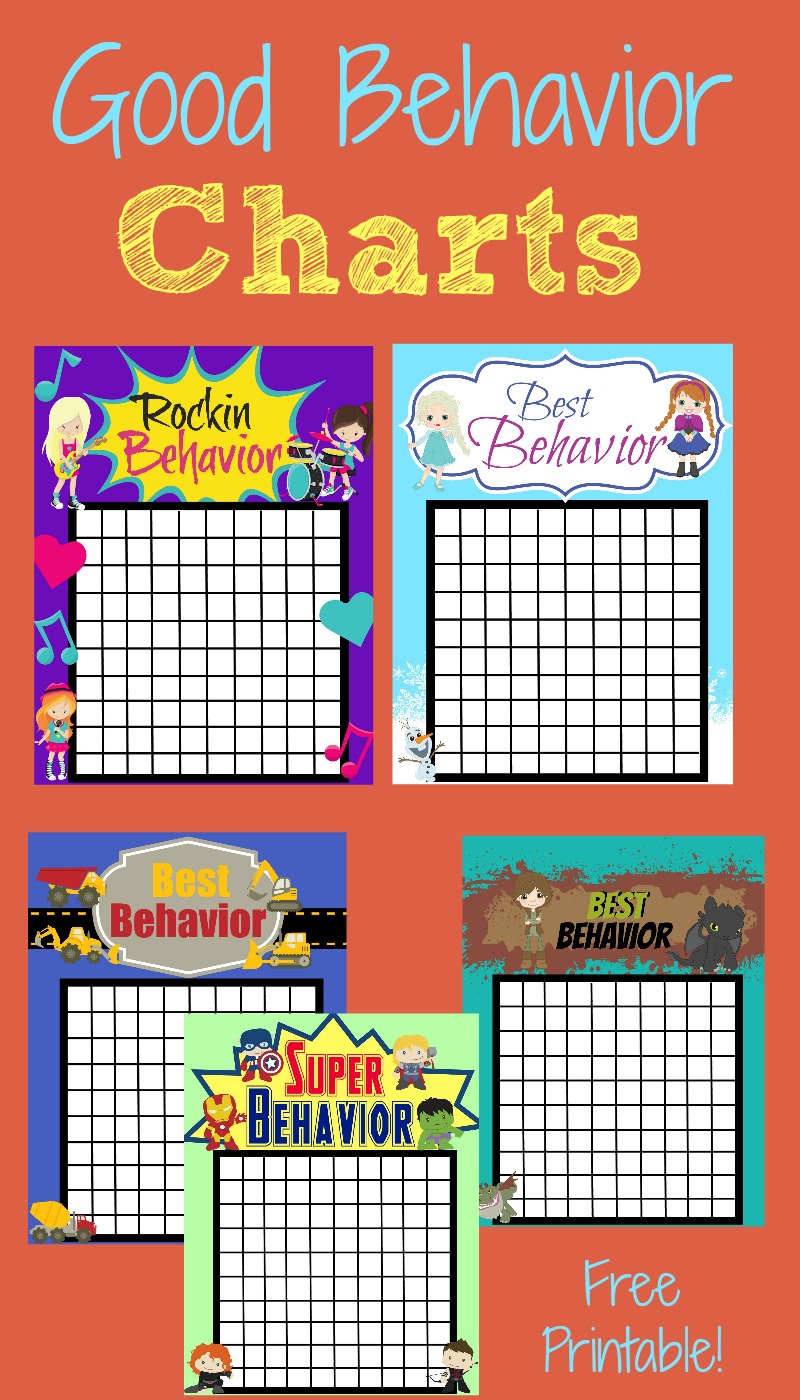A behavior chart is a useful tool for parents and educators to track and encourage positive behavior in children. It provides a visual representation of a child’s progress and can serve as a motivator for them to continue displaying good behavior. There are several different types of behavior charts available, ranging from simple sticker charts to more elaborate ones with rewards and consequences.
At Home Behavior Chart for Kids
An example of a simple behavior chart for kids is the “at home behavior chart.” This chart consists of a grid with specific behaviors listed on the vertical axis and days of the week on the horizontal axis. Each behavior is assigned a specific color or symbol, such as a smiley face for good behavior and a frowning face for inappropriate behavior. The child or parent can mark each cell of the grid based on the child’s behavior each day. At the end of the week, the chart can be reviewed, and if the child has displayed positive behavior consistently, they can be rewarded.
 This chart provides a visual representation of the child’s behavior and progress over time. It also allows parents to identify patterns and trends in the child’s behavior and address any areas that may need improvement.
This chart provides a visual representation of the child’s behavior and progress over time. It also allows parents to identify patterns and trends in the child’s behavior and address any areas that may need improvement.
Reward Charts for Good Behavior
Reward charts are another popular type of behavior chart. They typically involve a set of behaviors or tasks that the child needs to complete. Each completed task is rewarded with a sticker or a checkmark. Once the child accumulates a certain number of stickers or checkmarks, they can earn a reward, such as a small toy or a special outing.
 Reward charts for good behavior can be highly effective in encouraging children to develop positive habits and behaviors. They provide a visual representation of progress and give children a sense of accomplishment when they achieve their goals.
Reward charts for good behavior can be highly effective in encouraging children to develop positive habits and behaviors. They provide a visual representation of progress and give children a sense of accomplishment when they achieve their goals.
Benefits of Behavior Charts
Behavior charts offer a range of benefits for both children and parents. They provide a clear and tangible way to track progress, motivate children to improve their behavior, and reinforce positive habits. Additionally, behavior charts can:
- Help children understand expectations and set goals for themselves
- Teach children about consequences and the relationship between actions and outcomes
- Promote a sense of responsibility and accountability
- Improve communication between parents and children
- Enhance self-esteem and self-confidence
By using behavior charts, parents and educators can create a structured and supportive environment that fosters positive behavior and character development in children.
Using Behavior Charts Effectively
While behavior charts can be a valuable tool, it’s essential to use them effectively to maximize their impact. Here are some tips for using behavior charts:
- Clearly define the behaviors or tasks that are being tracked
- Set realistic goals that are age-appropriate
- Provide immediate and consistent feedback
- Choose rewards that are meaningful to the child
- Be consistent with the chart and follow through with rewards or consequences
- Encourage the child’s participation and involvement in tracking their progress
 Remember, the purpose of a behavior chart is not to punish or shame a child but to motivate and encourage positive behavior. It’s important to focus on the child’s progress and provide praise and positive reinforcement along the way.
Remember, the purpose of a behavior chart is not to punish or shame a child but to motivate and encourage positive behavior. It’s important to focus on the child’s progress and provide praise and positive reinforcement along the way.
In conclusion, behavior charts are a valuable tool for parents and educators to track and encourage positive behavior in children. They provide a visual representation of a child’s progress, motivate children to improve their behavior, and reinforce positive habits. By using behavior charts effectively and consistently, parents and educators can create a supportive environment that promotes character development and sets children up for success.